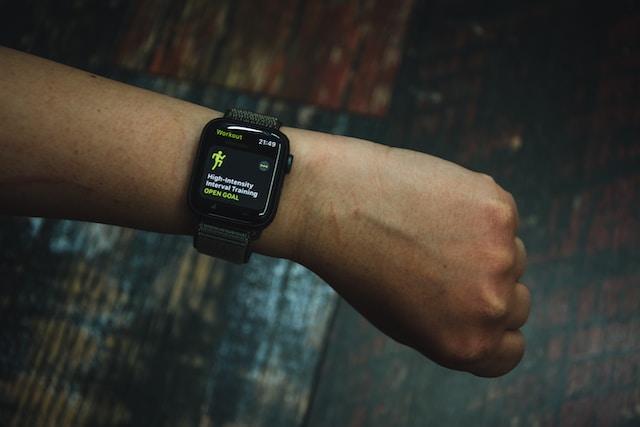
In the dynamic sphere of health technology, biofeedback devices are offering innovative pathways toward enhanced well-being. These remarkable tools provide invaluable insights into our physiological functions, from heart rate and brainwaves to muscle tension and skin temperature. But more than just rendering visible our inner bodily processes, biofeedback devices empower us with the ability to control these functions.
They enable us to tap into the incredible potential of the mind-body connection, forging a bridge between the physical and the psychological, and helping us better manage our health.
Understanding The Link Between Mind And Body
The bedrock of biofeedback lies in the profound understanding of the mind-body connection. This connection refers to the reciprocal relationship between our physical state and our mental or emotional well-being.
For instance, stress, a mental state, can cause physical symptoms like increased heart rate or tense muscles. Biofeedback devices offer an opportunity to ‘see’ these invisible effects, converting them into tangible data. This direct feedback helps users understand how their minds can influence their bodies, ultimately encouraging a more mindful approach to health.
Devices For Stress Management
Stress is undeniably a modern-day scourge, impacting our lives in myriad negative ways. Biofeedback devices can help manage this by monitoring physiological markers of stress, such as heart rate variability (HRV).
These devices use this data to provide real-time feedback, allowing users to employ relaxation techniques effectively and reduce stress levels. Users can learn to recognize triggers and symptoms of stress and take action before it escalates, thus promoting a more balanced lifestyle.
Boosting Cognitive Performance
Some biofeedback devices focus specifically on neurofeedback or feedback about brainwave activities. Such devices can help users understand their brainwave patterns better and, in turn, improve cognitive performance. By presenting users with real-time data on their brainwave activities, these devices enable users to train their brains to produce more of certain types of waves (like alpha or theta waves) linked with relaxation, focus, or creativity.
This application of biofeedback has potential benefits for everyone, from students seeking better concentration to employees wanting to enhance their productivity.
Biofeedback For Pain Management
Biofeedback is increasingly being explored as a non-pharmacological intervention for pain management.
Devices that monitor muscle tension, for example, can help people with chronic pain conditions learn to relax their muscles, reducing pain levels. Similarly, devices measuring skin temperature can teach users to increase blood flow to painful areas, promoting healing and reducing discomfort.
Encouraging Better Sleep
A restful night’s sleep is a crucial part of maintaining good health, yet many people struggle to achieve this. Biofeedback devices can help by tracking parameters like heart rate, breathing patterns, and brainwave activity during sleep.
By analyzing this data, users can make informed decisions about their sleep hygiene practices and potentially improve their sleep quality.
Conclusion
In the quest for optimal well-being, biofeedback devices are proving to be powerful allies. They offer a unique window into the intricate workings of our bodies and enable us to harness the potential of the mind-body connection. Through these devices, we can learn to better manage stress, boost cognitive performance, control pain, and even improve sleep. As we continue to embrace this technology, we’re unlocking new realms of possibility in the pursuit of personalized health and well-being. Always remember, the power to control and influence your health may indeed lie in your own hands—or more specifically, in your own mind.





